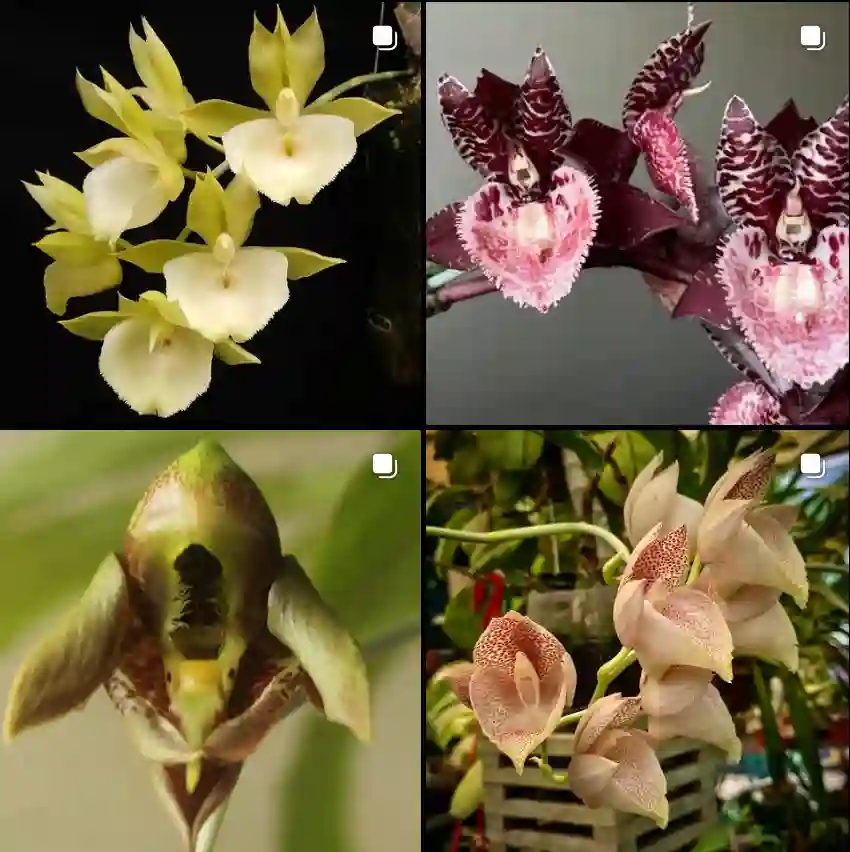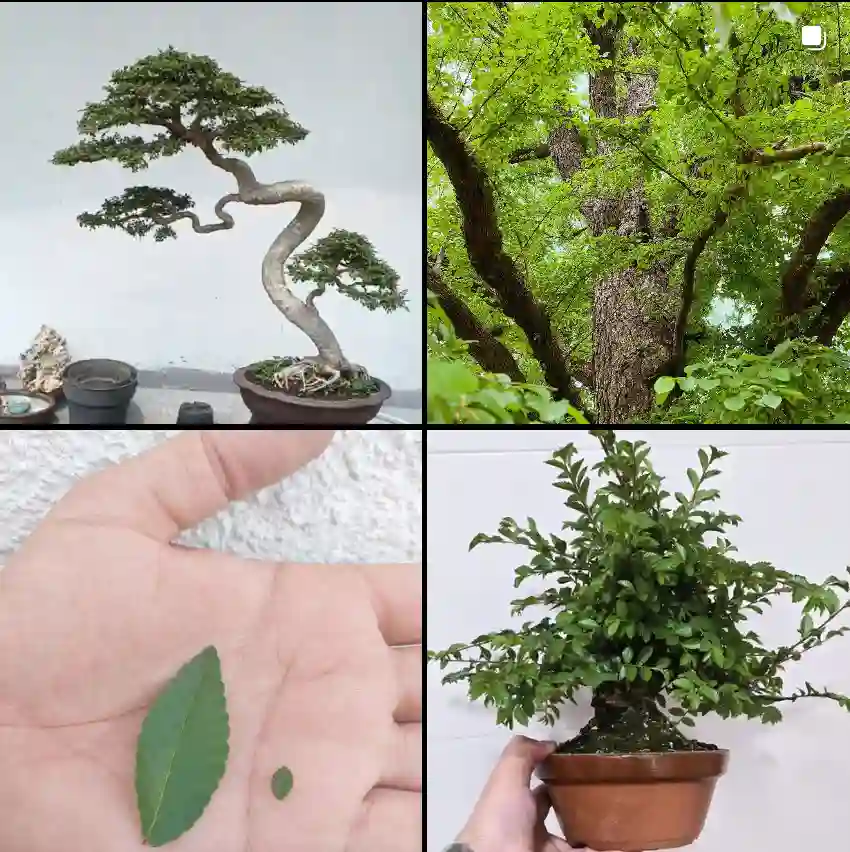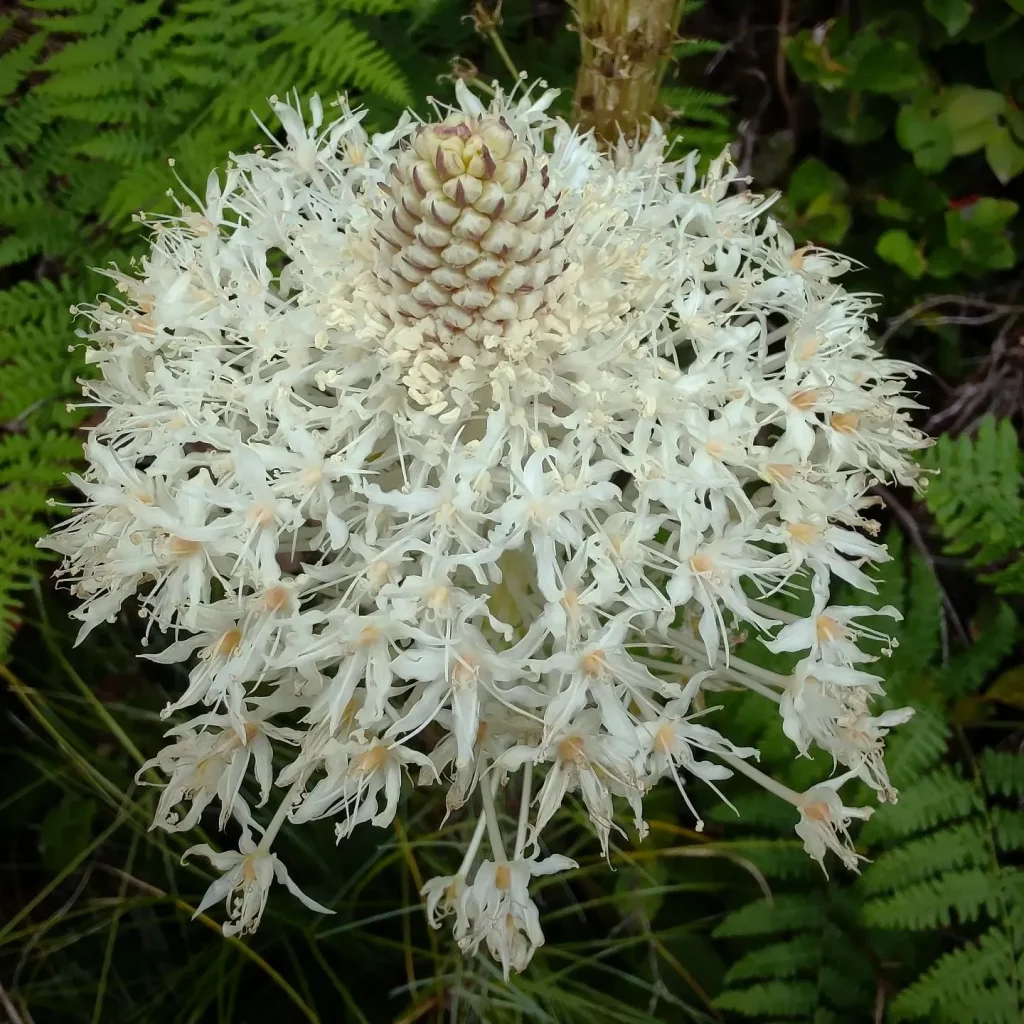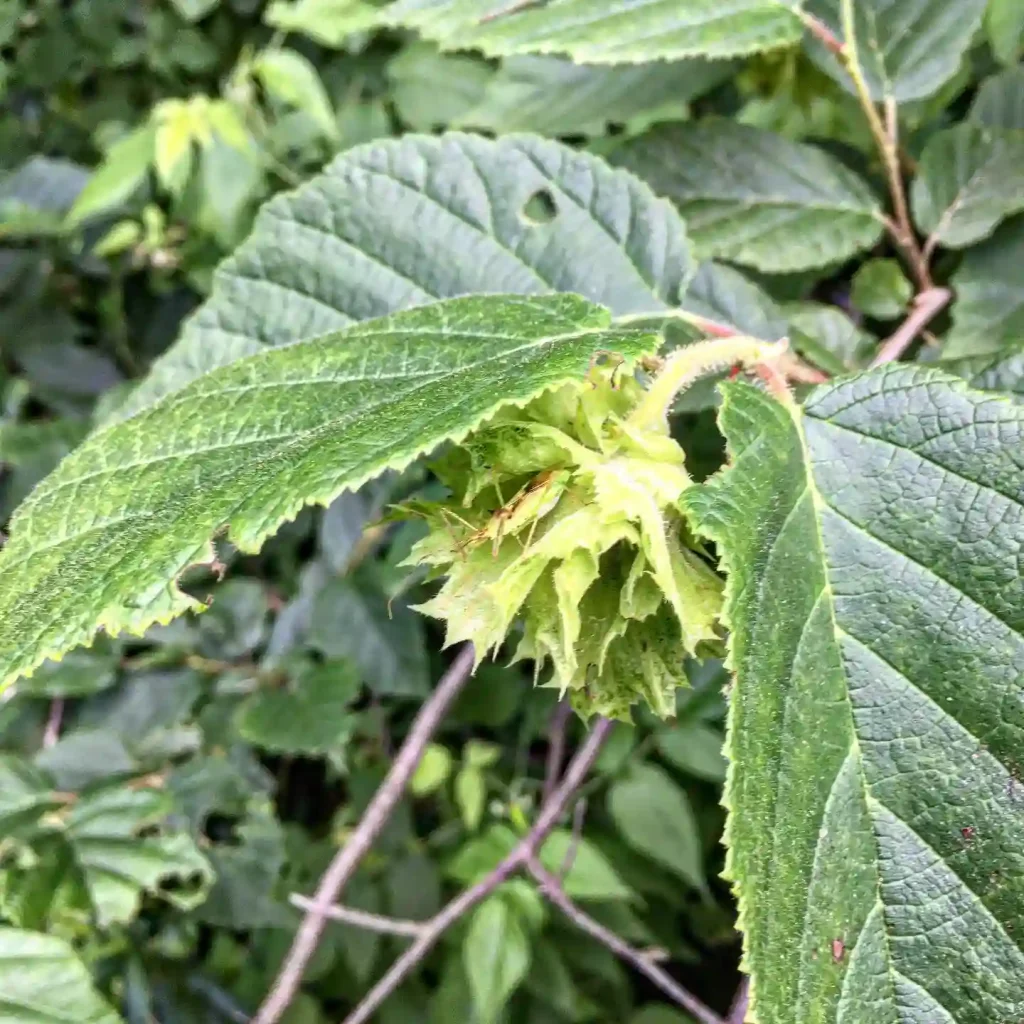Hosta Olive Bailey Langdon: A Showstopper in the Shade
I’m Ferb Vu, and hostas are my passion. They’re the workhorses of the shade garden, offering stunning foliage and a low-maintenance appeal. Today, we’re diving deep into a particular standout: the majestic Hosta Olive Bailey Langdon.
31 Species in Genus Hosta
What is Hosta Olive Bailey Langdon?
This stunning hosta is a sport, a natural mutation, of Hosta sieboldiana. Named after a former president of the American Hosta Society, Olive Bailey Langdon, it boasts a truly eye-catching appearance.
Imagine giant, corrugated leaves, a cool blue-green at their core, edged with a wide, creamy-yellow margin. The contrast between the cool and warm tones is subtle at first, then intensifies as the season progresses. In late spring, the dazzling clumps are topped with pure white, bell-shaped flowers held just above the foliage.
How Big Does Hosta Olive Bailey Langdon Get?
This is a whopper. Olive Bailey Langdon matures to a majestic 24-30 inches tall and 36-48 inches wide. It forms a large, impressive clump that will definitely command attention in your shade garden.
Sun or Shade for Hosta Olive Bailey Langdon?
Despite its shade-loving reputation, hostas, including Olive Bailey Langdon, don’t actually thrive in deep shade. They prefer dappled sunlight for a few hours each day. Too much shade can lead to stretched, weak foliage and a lack of flowers.
Here’s a tip: Observe your garden throughout the day to identify areas that receive dappled sunlight, perfect for your Olive Bailey Langdon.
Planting and Caring for Hosta Olive Bailey Langdon
Planting your Olive Bailey Langdon is a breeze. Choose a location with well-drained, moist soil. Amend the soil with compost or other organic matter to improve drainage and provide nutrients.
Space your hosta generously, allowing for its mature size. Water regularly, especially during hot, dry periods. A two-inch layer of mulch around the base of the plant will help retain moisture and suppress weeds.
Here’s a heads-up: Slugs and snails can be a nuisance for hostas. Keep an eye out for them, especially in damp conditions. There are various organic and non-organic methods to control these pests.
Common Hosta Olive Bailey Langdon Problems
Beyond the occasional slug or snail, Olive Bailey Langdon is a relatively trouble-free plant. However, here are a few things to watch out for:
- Overwatering: Hostas dislike sitting in soggy soil. Ensure proper drainage to avoid root rot.
- Sunburn: Too much direct sun can scorch the leaves. Choose a location with dappled sunlight.
- Leaf Scorch: This can occur during hot, dry periods. Ensure consistent moisture, especially during these times.
How Does Hosta Olive Bailey Langdon Compare to Other Hostas?
There are hundreds of hosta varieties, each with its own unique charm. Here’s how Olive Bailey Langdon stacks up against a couple of popular choices:
- Hosta Francee: This variety boasts blue-green, heart-shaped leaves with a thin, creamy-white margin. It’s a smaller hosta, reaching only about 12-18 inches tall.
- Hosta Guacamole: This fun-named hosta has thick, corrugated, chartreuse-green leaves with a wavy margin. It reaches a similar size to Olive Bailey Langdon, 24-30 inches tall.
The takeaway: Olive Bailey Langdon offers a bold statement with its large size and vibrant color contrast. If you have the space and desire a showstopper in your shade garden, this is the hosta for you.
In Conclusion: Embrace the Elegance of Hosta Olive Bailey Langdon
With its majestic size, captivating foliage, and easy-going nature, Hosta Olive Bailey Langdon is a gem for any shade garden. So, if you’re looking for a plant that will add a touch of elegance and drama, consider adding this beauty to your collection.
Remember: Proper planting, consistent moisture, and a little pest control are all you need to ensure your Olive Bailey Langdon thrives for years to come. Happy planting!
If i die, water my plants!



